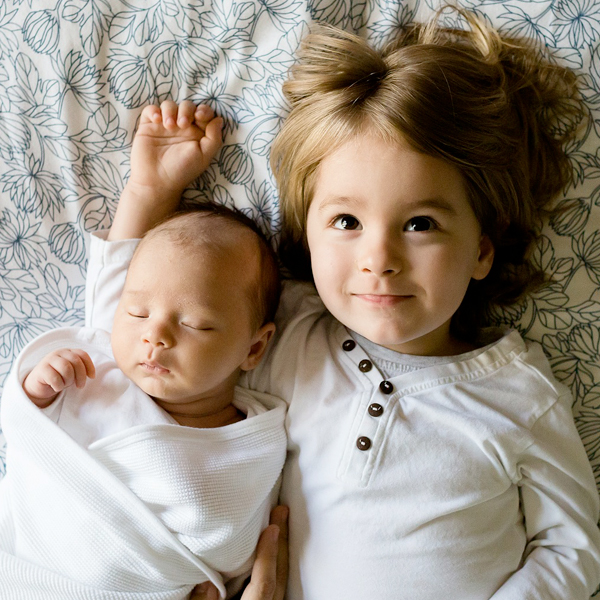Types of adoption

Traditional route into adoption:
Children come into care for a number of reasons and usually when they have experienced or are at risk of significant harm (physical, emotional sexual abuse or neglect).
Children’s Services are given powers by the court to ensure the child is cared for safely. This often means the child is placed with foster carers.
Assessments will be undertaken with birth families to help understand their capacity to parent their child. If it is decided that the parents or extended birth family are unable to care for the child, the child’s plan will become one of adoption.
This plan will be presented to court and if the court agrees they will make a placement order that gives Children’s Services the power to place a child with prospective adoptive parents.
The adoption agency will identify a family who they believe can meet all the child’s needs throughout their life.
Early permanence:
We know from research that it is damaging to children if they are moved from carer to carer, any more than is absolutely necessary. We also learn from research that permanence is needed for children to thrive.
Fostering for Adoption is a form of Early Permanence that is designed to speed up a child’s journey through care and aims to decrease uncertainty for children by reducing the number of moves they experience, and the trauma associated with this upheaval.
These placements are used for children whose chances of returning to live with their birth families are much lower than for other children in care, and where there is a high likelihood that they will need a plan for adoption.
With Fostering for Adoption, the child is placed directly with prospective adopters who are also temporarily approved as foster carers, at a very early stage - sometimes from birth. This means the child can experience uninterrupted, loving and consistent care. The child can therefore begin to form positive attachments to their prospective adopters from the beginning of their time in the care system.
Fostering for Adoption carers then act as foster carers to the child, while the courts decide if a child can return to their birth family. If the courts decide that the child should be adopted, the carers can then go on to adopt the child.
For adopters, this means that they can become parents to a very young baby or child and they can be a part of the child’s early life and know everything about the child’s early experience and development.
We are looking for prospective adopters who are emotionally resilient, flexible and able to put the needs of babies and children first by providing this route to adoption.
Get the facts from us, contact us today or call us on 01902 55 3818.